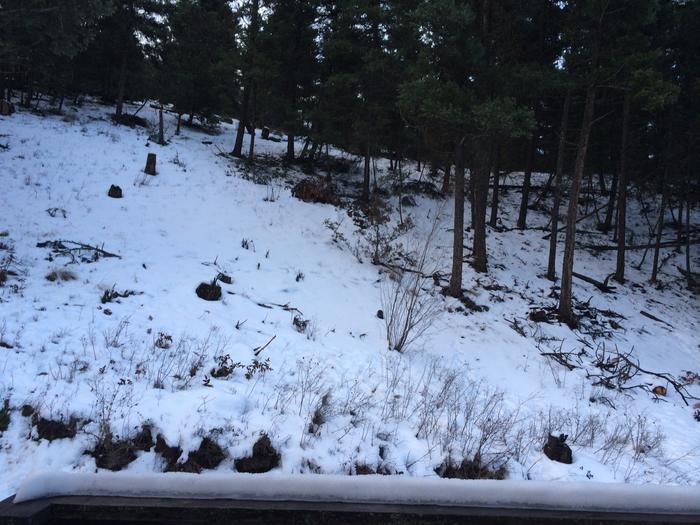
 4
4





 7
7




"Never doubt that a small group of thoughtful, committed citizens can change the world; indeed, it's the only thing that ever has."-Margaret Mead "The only thing worse than being blind, is having sight but no vision."-Helen Keller




Roberto pokachinni wrote:I think that you are probably much too late in the season to harvest pine nuts, as the cones are likely opened and or harvested by birds and rodents.
 3
3




Destiny Hagest wrote:I've heard of locals around here foraging for pine nuts, but I'm not really sure how - it's something I probably need to ask a few local old timers more about. ... We have predominantly lodgepole and ponderosa pine here.
Invasive plants are Earth's way of insisting we notice her medicines. Stephen Herrod Buhner
Everyone learns what works by learning what doesn't work. Stephen Herrod Buhner





 3
3




 11
11




 5
5





|
I remember before the flying monkeys became such an invasive species. We had tiny ads then.
Homestead Pigs Course
https://permies.com/wiki/365748/Homestead-Pigs
|






